How does the brain process emotion? What happens to our brain (and our brainwaves) when we deal with an emotional situation? Virtual reality is enabling scientists to answer this question in ways previously impossible.
In earlier experiments, study participants would look at pictures of emotionally-charged scenes and scientists would measure their brain activity. These studies provide an initial answer but had a major shortcoming; viewing photographs (regardless of content) did not elicit strong emotions in participants. Why? Participants were looking at two dimensional images and knew both consciously and subconsciously that what they were seeing wasn’t real.
Enter virtual reality glasses. At the Max Planck Institute for Human Cognitive and Brain Sciences (MPI CBS) in Leipzig, researchers tried the same study, measuring brain activity, but this time they had participants wear VR glasses. The participants viewed emotional scenes; in one instance they were given a front row seat on a rollercoaster.
Scientists studied and recorded participant brain waves using electroencephalography (EEG). After the study, participants also described and rated their level of excitement. By combining the EEG readings with the participant ratings, researchers were able to better understand the connection between emotional arousal and brain waves. Specifically, scientists could track emotion arousal through brain activity called alpha oscillations.
Alpha oscillations are a type of rhythmic brain activity that helps to measure the degree to which an individual is emotionally aroused. Researchers found that low oscillations mean high arousal and high oscillations mean low arousal. According to Simon m. Hoffman, an author of the study, “The findings thus confirm earlier investigations from classical experiments and prove that the signals also occur under conditions that are closer to everyday life.”
What are the benefits of this finding? One example is that therapists are reliant on their patient’s openness and honesty when gauging their emotional status. During a session, therapists often pause and ask their patients questions such as, “How does that make you feel?” Therapists can never be certain that they are getting an honest, objective answer. Additionally, certain patients, such as children, may have a difficult time articulating their emotions.
Imagine, in the future, a therapist observing brain activity in real time during a session. As a patient talks, the therapist is able to better understand the patient’s emotional state. Or imagine that individuals are able to see their own brain activity and better understand their own emotional response to certain circumstances. As virtual reality improves and becomes even more realistic, scientists will collect even better data to help us understand how the human brain processes and reacts to emotions.
The results were published in the journal eLife.
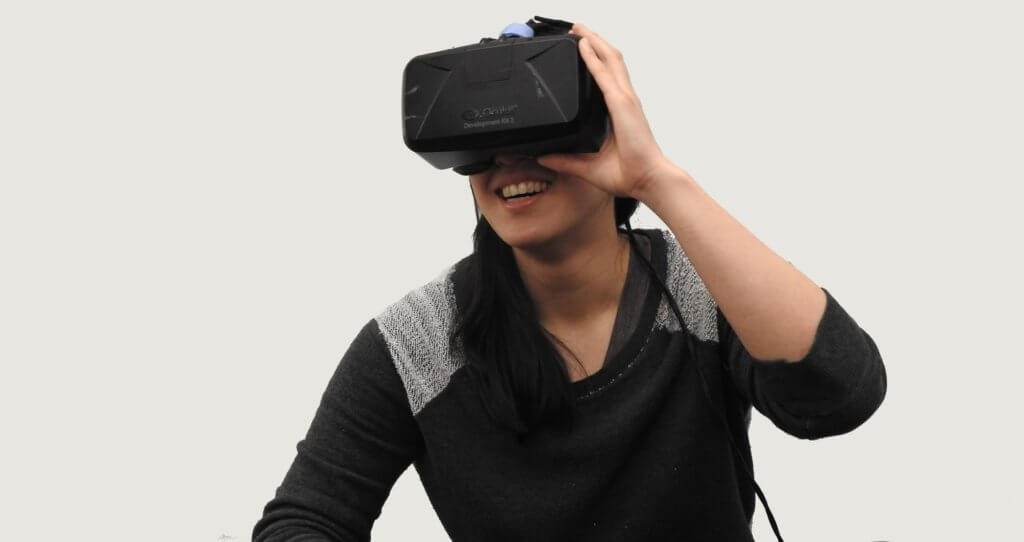
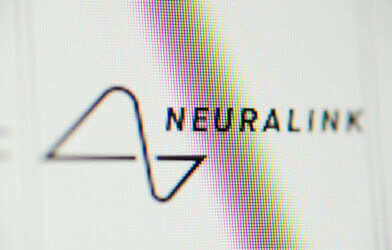
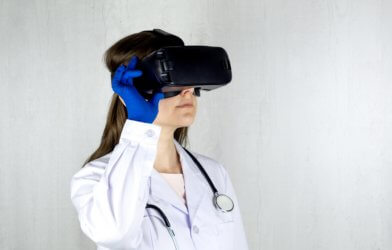


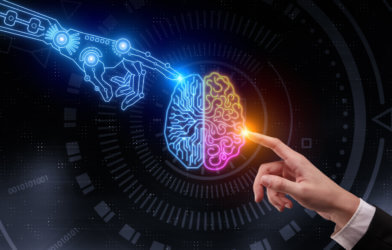
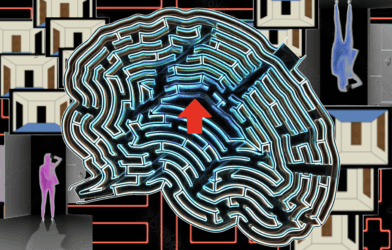






Comments